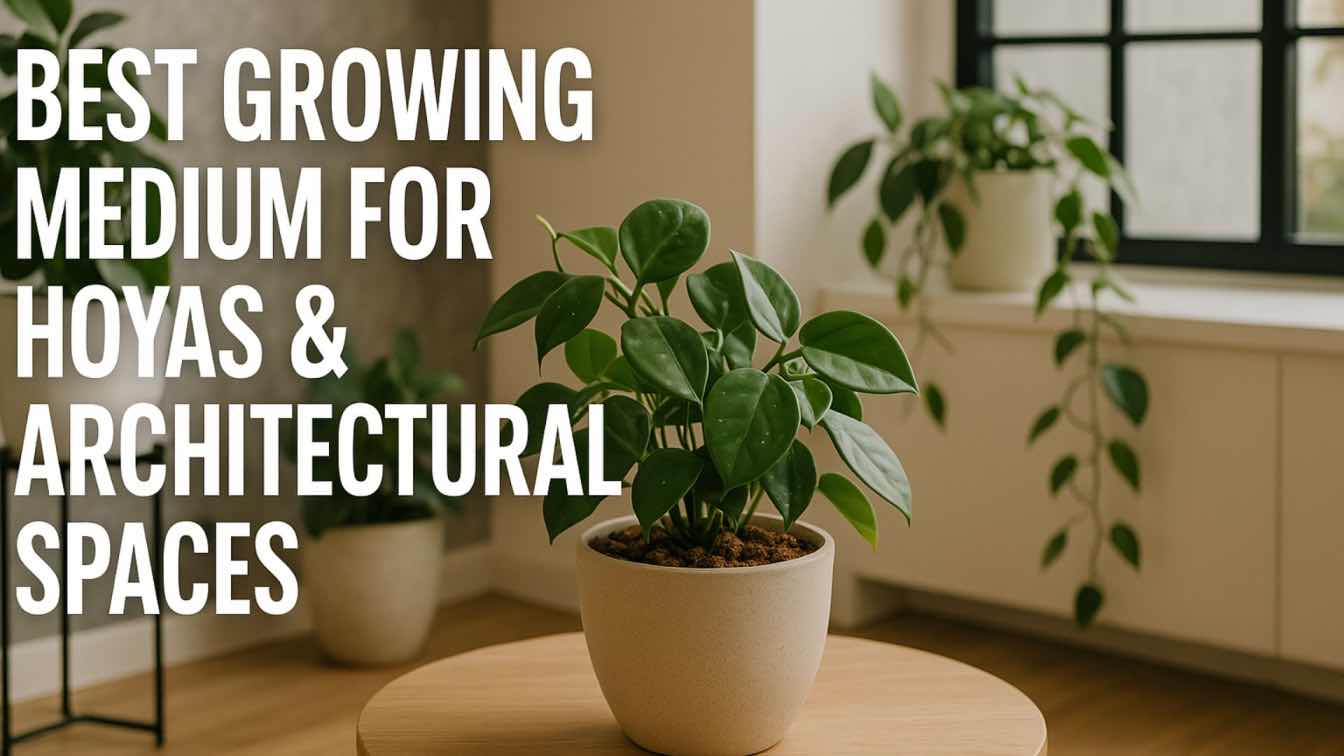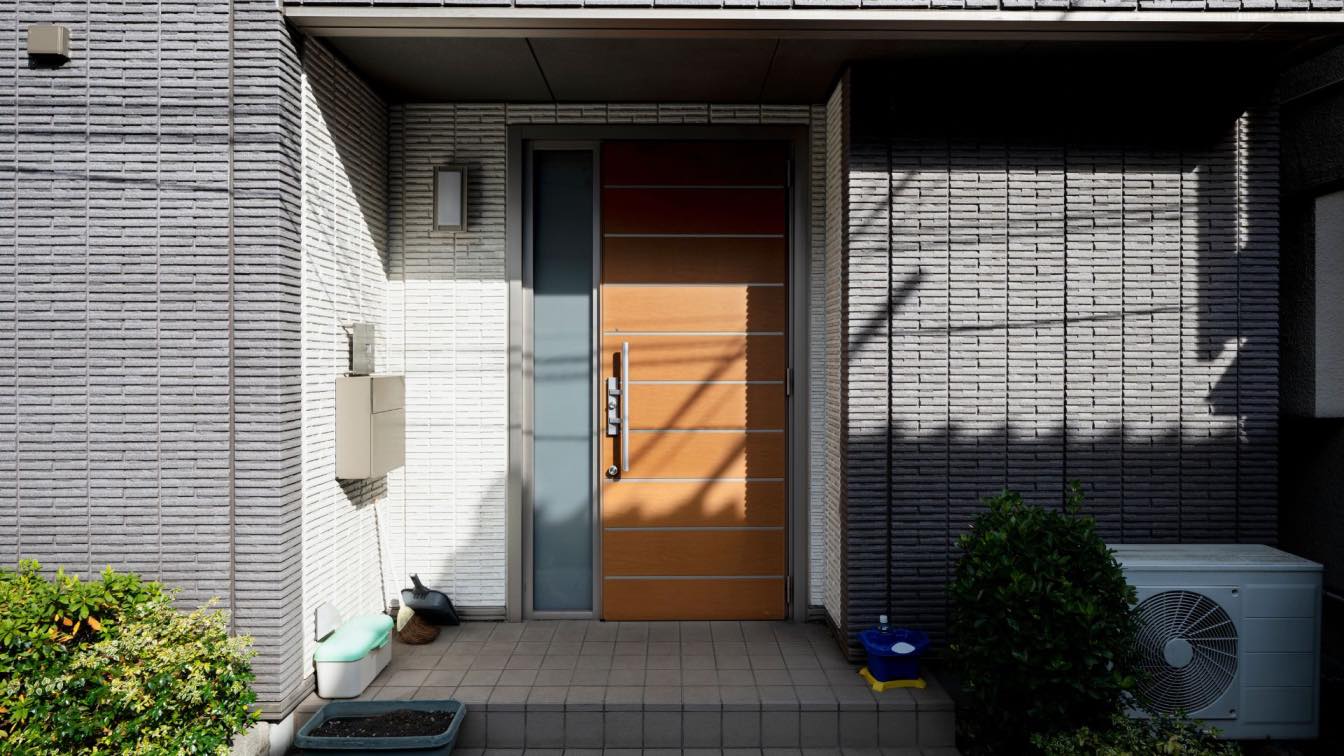Hoya and tropical plants add beauty to our homes and buildings. They require the right growing medium to stay fresh. An excellent choice is premium pre-washed coco chips, as they provide excellent results for both plant health as well as in architectural designs. These chips allow plants to grow while being stylish in today’s space.
Let’s explore how coco chips and coco coir are beneficial for plants and architecture.
Why Coco Chips are Best as a Growing Medium?
The small fibrous coconut chips originate from trimming coconut husks. The porous structure of coco chips enables the medium to absorb water and simultaneously enable proper drainage. The balanced amalgamation of hydration and airflow functions as a vital requirement for tropical plants and Hoyas to stop root rot from happening.
Coco chips maintain their quality slowly during decomposition resulting in a durable substrate which does not shift into compactness over time. The roots receive constant oxygen access because of the husk properties. Oxygen remains essential for root development.
The main concern about using raw coconut chips involves possible salt or tannin contamination, which harms plant growth. Choose premium pre-washed coco chips as your most appropriate option due to their benefits. A complete washing process eliminates impurities from coco chips to prepare them for safe usage.
Benefits for Architectural Plant Displays
Some of the prominent benefits of using coco chips as a medium in Hoyas and tropical plants.
1. Strong Support for Plants
Coco chips are an excellent choice for architects and designers because they have good drainage while supporting plants in specialized installations. Since coco chips do not compact and become unsightly over time, roots can access air, unlike with regular soil. This prevents water from accumulating in areas that could potentially damage walls, floors, or the plants themselves.
Coco chips do just that for Hoyas and other plants used often in vertical gardens, creating growing environments similar to their natural habitat. Check out unsolicitedplanttalks for more information.
2. Better Water Control
It is essential for the control of moisture with architectural plant displays. Coco chips do not soak too much water but it's not too much that it becomes soaked or leaking. With this, you will already benefit from having steady moisture without the risk of water damage to surfaces or structures around you.
As such, this feature is very useful for plants located in bathrooms, kitchens, or any area where humidity is a delicate matter, both for the health of the plant and for overall building safety.
3. Clean Material for Long-lasting Displays
Coconut husks contain substances with the ability to harm plants and will even damage building materials. Cleaning them to remove the unwanted parts of these coco chips makes them premium pre-washed coco chips. They are safe for plants and protective of the surrounding surfaces.
The moderately acidic to slightly basic pH ensures that tropical plants thrive in good conditions, but without creating chemical reactions with the nearby materials, as with using metal planters, limestone features, etc.
Why Hoyas & Tropical Plants Thrive in Coco Chips
Hoyas and tropical plants are normal oxygen and drainage-loving plant companions. These plants are native in their habitats and often occur as epiphytes, that is, they attach themselves to the trees instead of luxuriously growing in dense soil. The roots between Coco chips are able to breathe while the moisture is not too high and not too low and they in effect replicate this environment.
Coco chips prevent overwatering. It is a common difficulty for houseplant growers alike. Coco chips provide the perfect balance for Hoyas and other tropical species by being “well aerated, but moisture retentive”.
The Proper Method of Using Coco Chips
Coco chips need water-soaking for several hours before their application in building designs. The water immersion process gives them better moisture retention ability while stopping them from diminishing, which could endanger display aesthetics.
Coco chips serve as a base for architectural designs through blending with orchid bark and perlite, and sphagnum moss when creating specialized combinations. Coco chips gain their best attributes from their adaptable nature for constructing displays that need particular moisture levels or visual characteristics.
Using Coco Chips in Building Design
Premium coco chips are important as we introduce nature into our buildings to create healthy, sustainable and attractive spaces that are rich in interacting with natural elements. Building designers should consider employing Coco Chips as a construction material, as it has many benefits.
1. Living Walls
The vertical planting system provided an innovative way to integrate natural elements into buildings without taking up space. Coco chips serve as an ideal substrate for tropical plants and Hoyas, as these plants naturally thrive with minimal soil when grown vertically. Coco chips are lightweight and create optimal growing environments while meeting building structure requirements.
The premium version of pre-washed coco chips provides architects with assurance about their stable decomposition rate and protection against wall and floor damage from messy dripping watering.
2. See-Through Planters
Modern plant arrangements can be seen through clear containers and exposed planting vessels to monitor growing media progression. These particular exhibits show coco chips in a way that creates an authentic natural effect suitable for both basic natural and contemporary modern design schemes. Pre-washed coco chips present a longer-lasting visual appeal when set in visible applications.
3. Eco-Friendly Choice
More architects are choosing eco-friendly coconut-based growing media because these alternatives outperform traditional peat-based products. The substances making up coco chips serve as sustainable, biodegradable materials derived from agricultural waste products. The biodegradable and renewable plant medium used in green building projects enables sustainability objectives, thus promoting plant health.
Conclusion
To sum it up, to use coco chips in architectural plants and for hoya, premium prewashed coco chips are excellent. Perfect for bringing living elements into the designed spaces because of their natural look, excellent drainage and long-lasting structure. Architects and plant lovers with plant displays choose high-quality pre-washed options — this means that their plant displays thrive and blend perfectly with the surrounding environment.





